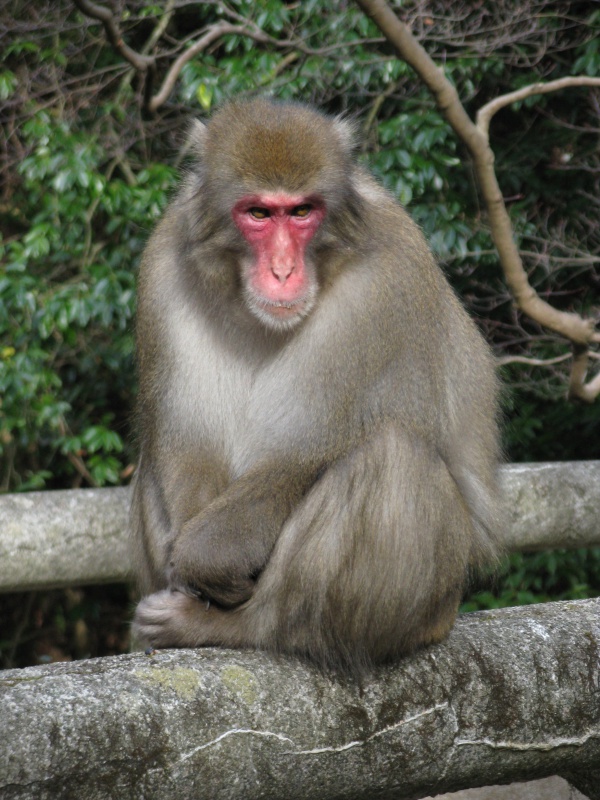Facts About Japanese macaque
The Japanese macaque, commonly known as the snow monkey, is an intriguing Old World monkey species native to Japan. These primates are renowned for their ability to thrive in cold, snowy environments. They are characterized by their brownish-grey fur, pinkish-red faces, and short tails. Notably, male macaques are typically larger and heavier than females.
Snow monkeys live in cohesive matrilineal groups, with females remaining in their natal groups for life and males dispersing upon reaching sexual maturity. These groups have a well-defined hierarchy, led by dominant individuals of both genders. Grooming is a key component of their social structure, contributing to both social bonding and hygiene.
Regarding reproduction and parenting, Japanese macaques form pair bonds and participate in consortships while demonstrating significant parental care. Their communication includes a range of vocalizations used for social bonding, alarm signals, and mating calls. Additionally, these monkeys are highly intelligent and exhibit cultural behaviors such as washing food and soaking in hot springs. Fascinatingly, they have even developed regional accents in their vocalizations.
As omnivores, Japanese macaques consume a variety of foods including plants, insects, and even soil. They are diurnal creatures, meaning they are active during the day, and they inhabit diverse forest environments across Japan, from subtropical to subarctic regions. However, they are increasingly facing threats from habitat loss and conflicts with humans as they adapt to human presence.
In Japanese culture, the snow monkey holds a special place, appearing in religious contexts, folklore, art, and idiomatic expressions, underscoring the deep-rooted significance of these animals in Japanese society.
